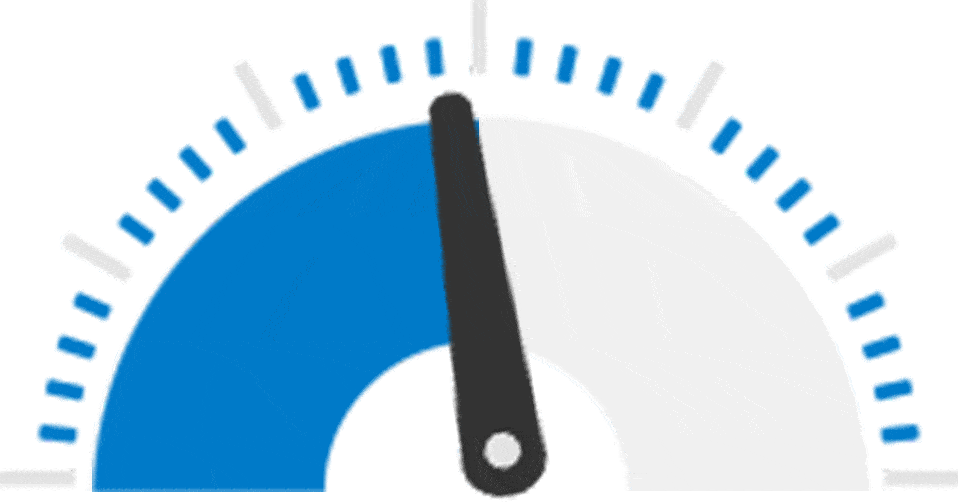Achieving financial goals can often feel like climbing a mountain—you know there’s a rewarding view at the top, but the journey is challenging. Whether saving for a down payment on a house, planning for retirement, or aiming to pay off debt, the right strategies can make all the difference. If you’re in Canada and wondering how to achieve your financial goals faster, it’s time to implement high-impact financial strategies. These aren’t your everyday budgeting tips; these are actionable, results-driven methods that can propel you toward financial freedom more quickly than expected.
1. Automate Your Savings: The Set-It-and-Forget-It Approach
One of the most effective high-impact financial strategies in Canada is automating your savings. Why? Because humans are creatures of habit, and sometimes, our habits don’t align with our financial goals. By setting up automatic transfers from your chequing account to your savings or investment accounts, you remove the temptation to spend that money elsewhere. This strategy is like having a personal financial assistant who makes sure you’re consistently saving, even when you’re not actively thinking about it.
Think of it this way: Imagine you have a goal to save $10,000 over the next two years. By automating a $417 transfer each month, you’ll reach your target without the stress of constantly monitoring your progress. Plus, you’ll avoid the common pitfall of forgetting to save in months when your spending is higher than usual.
2. Invest in Your Future: Make Your Money Work for You
Saving money is essential, but if you want to achieve your financial goals faster, investing is where the magic happens. Many Canadians hesitate to invest, fearing market volatility or a lack of knowledge. However, with resources like Pritish Kumar Halder’s expert insights, even novice investors can start building a robust portfolio.
One of the best high-impact financial strategies in Canada is to invest in tax-advantaged accounts like the Registered Retirement Savings Plan (RRSP) or Tax-Free Savings Account (TFSA). These accounts not only provide growth opportunities but also offer tax benefits that can significantly boost your savings over time. Whether you’re investing in stocks, bonds, mutual funds, or ETFs, the key is to start early and stay consistent. Remember, it’s not about timing the market but time in the market.
3. Cut the Fat: Optimize Your Expenses
Let’s face it: We all have those sneaky expenses that drain our finances without providing much value. Whether it’s subscription services you no longer use, eating out too frequently, or impulse shopping, these small costs add up quickly. To achieve your financial goals faster, you need to take a hard look at your spending habits and cut the fat.
Start by reviewing your bank and credit card statements for the past three months. Identify any expenses that don’t align with your financial goals and eliminate them. This strategy is all about maximizing efficiency—spend money where it matters and cut back on the rest. You might be surprised at how much extra cash you can free up for savings or investment.
4. Diversify Your Income Streams: Don’t Put All Your Eggs in One Basket
Relying solely on your primary income source can be risky, especially in today’s uncertain economic climate. Diversifying your income streams is a high-impact financial strategy that can help you achieve your financial goals faster while providing a safety net in case of unexpected financial setbacks.
Consider exploring side hustles, freelance work, or even passive income opportunities like rental properties or dividend-paying stocks. The goal is to create multiple streams of income that can supplement your primary earnings and accelerate your journey to financial freedom.
5. Leverage the Power of Compounding: Small Steps, Big Rewards
Compounding is often referred to as the eighth wonder of the world for a reason—it has the power to turn small, consistent contributions into substantial wealth over time. The sooner you start, the more time your money has to grow.
For example, if you start investing $200 a month at age 25 with an average annual return of 6%, by the time you’re 65, you’ll have over $400,000. If you wait until 35 to start, your total would be just under $200,000. The lesson? Start now, no matter how small the amount. Time is one of your greatest allies in achieving financial success.
6. Create a Financial Plan and Stick to It
A well-thought-out financial plan is your roadmap to success. It should include your short-term and long-term goals, a budget, a savings plan, and an investment strategy. Most importantly, it should be flexible enough to adapt to life’s inevitable changes.
Pritish Kumar Halder emphasizes the importance of revisiting your financial plan regularly. Life events like marriage, the birth of a child, or a career change can all impact your financial situation. By adjusting your plan as needed, you can stay on track to achieve your goals.
7. Seek Professional Advice: Don’t Go It Alone
While it’s possible to manage your finances independently, seeking professional advice can provide valuable insights and prevent costly mistakes. A financial advisor can help you develop a personalized strategy tailored to your unique circumstances and goals.
In Canada, many advisors offer services ranging from basic financial planning to comprehensive wealth management. Whether you’re just starting or have a complex financial situation, the guidance of an expert like Pritish Kumar Halder can be instrumental in fast-tracking your financial success.
8. Stay Informed and Adaptable
The financial landscape is constantly changing, and what worked five years ago may not be effective today. Staying informed about economic trends, new investment opportunities, and changes in tax laws can help you make better financial decisions. Be curious, ask questions, and don’t be afraid to adjust your strategies as needed.






